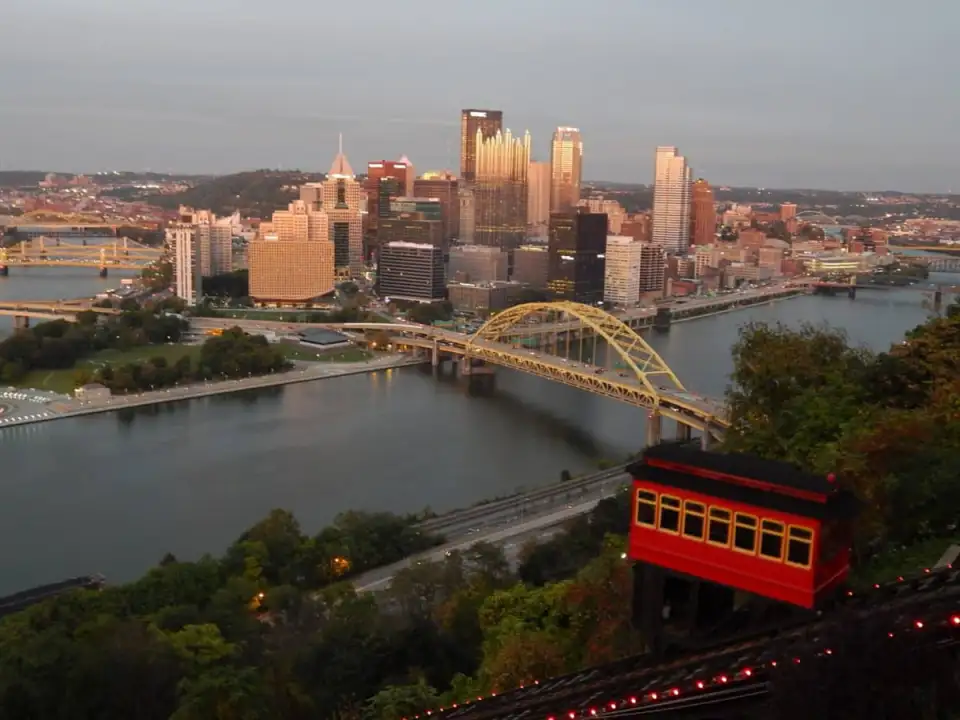
Throughout North America, state and local governments have taken the initiative to combat climate change. On top of being the most ethical course of action, it has also become glaringly obvious that the consequences of doing nothing will ultimately be more costly in all conceivable metrics than taking preventative actions to mitigate the effects of anthropogenic greenhouse gas emissions. One of the problems, however, is that there is no clear best practice at this time for converting a dirty economy to a clean one. It has been fashionable to propose climate goals and to set timetables, but many state and local governments are still grappling with the specifics of how to achieve these ends.
What we are seeing now are experiments. Local and state jurisdictions are implementing plans to see what works best.
One area that is seeing a lot of experimentation is the building sector, largely because of how much it contributes to total emissions. Residential and commercial buildings account for almost 40% of all energy consumption in the U.S., and the lion’s share of this energy use comes from operational emissions—lighting, heating, and cooling the building. This energy use has to be powered by something, and, unfortunately, that typically means a grid that currently heavily relies on fossil fuels.
While reducing the energy grid’s reliance on dirty fuels can help decrease overall emissions, another way to solve the problem is to make the buildings more efficient. Simply put: Reducing energy demand while simultaneously creating a greener grid means you can take the dirty plants offline faster and hit emissions targets sooner.
So how do we reduce a building’s energy demand?
The incomplete answer is simple: Build or retrofit existing buildings to a more rigorous standard (such as the Passive House standard). The more complete answer is: motivate owners to build or retrofit existing buildings to a more rigorous standard. The tricky question is, How do we complete that sentence? What verb do we use? Do we incentivize owners with tax rebates? Do we persuadethem with logic and reason? To speak more figuratively, do we rely on the carrot or the stick?
The City of Pittsburgh is trying a more transparent approach.
In 2016, the city began requiring all owners with buildings larger than 50,000 square feet to report their energy and water use. New York City took similar steps with Local Law 84 in 2009. Within five years of making that information freely available online, New York saw a 10% decline in energy use among its largest buildings.
What’s unique about Pittsburgh is that they plan to publicize the energy use and greenhouse gas emissions of more than 400 of the city’s largest buildings public. The thought is that potential renters will see which buildings have the lowest energy use, and that they’ll then opt to sign a lease on a unit or office space that promises the lowest energy bill given their price range.
To read more about this plan, check out the story on Public Source.